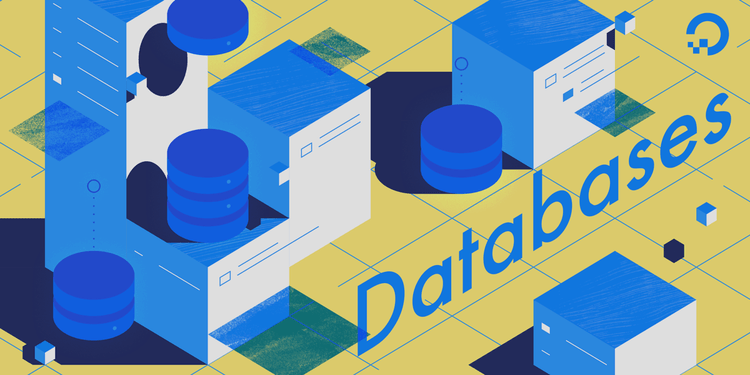There is a great advancement around Identity and Access Management (IAM). These IAM technological advancements are proposed to reduce the risks by keeping confidential data with the owners only, rather than circulating it to the databases exposed to breaches and thefts. As a result, IAM has turned into a fundamental component of safety plans for many associations. However, to obtain the most security benefits, business organizations must guarantee that their IAM apparatuses and processes are set up accurately.
Wondering about what is automated server provisioning? Automated provisioning is also known as self-administration provisioning. It is a process to implement IT services by utilizing pre-defined techniques done electronically.
Here are some best tips that organizations must embrace to lay out major areas of strength for a good and secure business environment.
- Embrace a zero-trust technique for security
Many organizations have tools, digital applications, and stages that include certain trust highlights. Implicit trust assumes that if the server users access the databases and sign in to a device, the device recalls them. It doesn’t generally provoke the client to check their identity anymore. These access consents can significantly affect your association’s data security. So, a zero-trust technique becomes essential to organizations.
- Recognize and protect High-Value Data
Safeguarding the most significant information includes restricting access as much as possible. Yet, to regulate access, you first need to know where the most important information is stored and how these things are utilized. Organizations recognize high-esteem resources (HVAs) — including information and the frameworks that house them.
- Automate the work dimensions
IAM offers IT, groups, to utilize digitized technology to make the association safer. Robotization lessens manual mistakes, smooths work processes, and supports consistency and administration needs. In addition, these computerizations support best practices for access control, assist the organization with the security against insider dangers when workers leave, and improve new representatives’ transitional changes.
- Follow the least privilege principle
By applying the standard of Least Privilege, the associations are encouraged to provide limited access and authorizations to the individuals without interfering in the clients’ everyday work processes. It helps restrict managerial access. Moreover, it ensures that single administrators don’t have the top authorizations they need not bother with. Finally, IAM defines minimum privileges in every role and performs the tasks apart from any disturbances.
- Regularly audit access to resources
Organizations are constantly adding new tools and applications to their tech stack, and employees may believe they need access to all these tools to perform their work. Regular evaluation of the resources, limiting permissions, and restricting the framework authorizations at every step enhance the confidentiality of the network. These are the best ways to ensure reliability and guarantee significant security.
Final thoughts
There are several considerations when choosing IAM solutions, and some major analysis includes the enterprise structures, the individuals, and what software and administrations they use generally. However, while designing the IAM frameworks for the organization, remember these vital highlights for improved protection
These enhancement techniques of automated server provisioning in the modern work environment convey business esteem and offer a great competitive advantage.




Leave a Reply